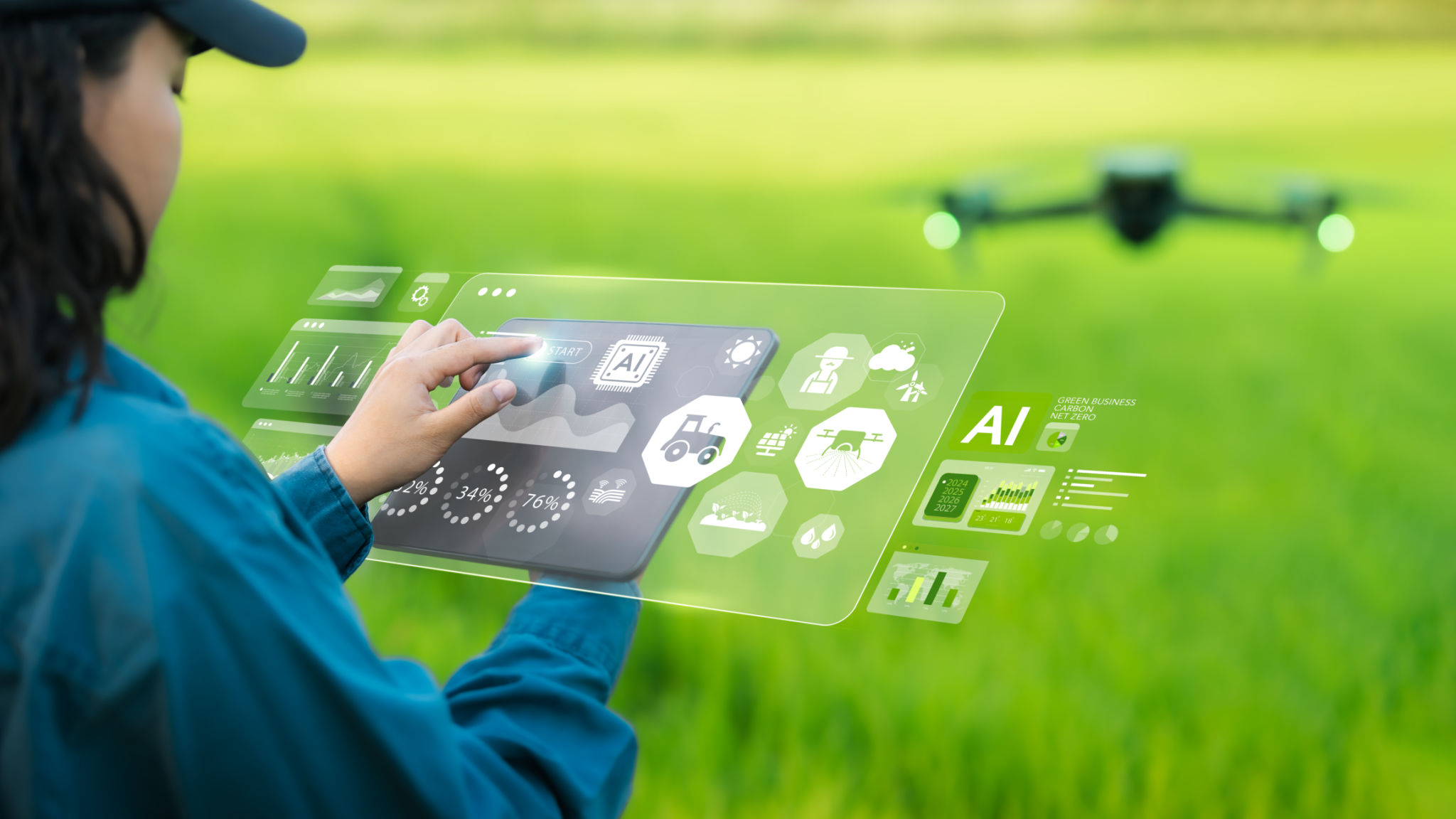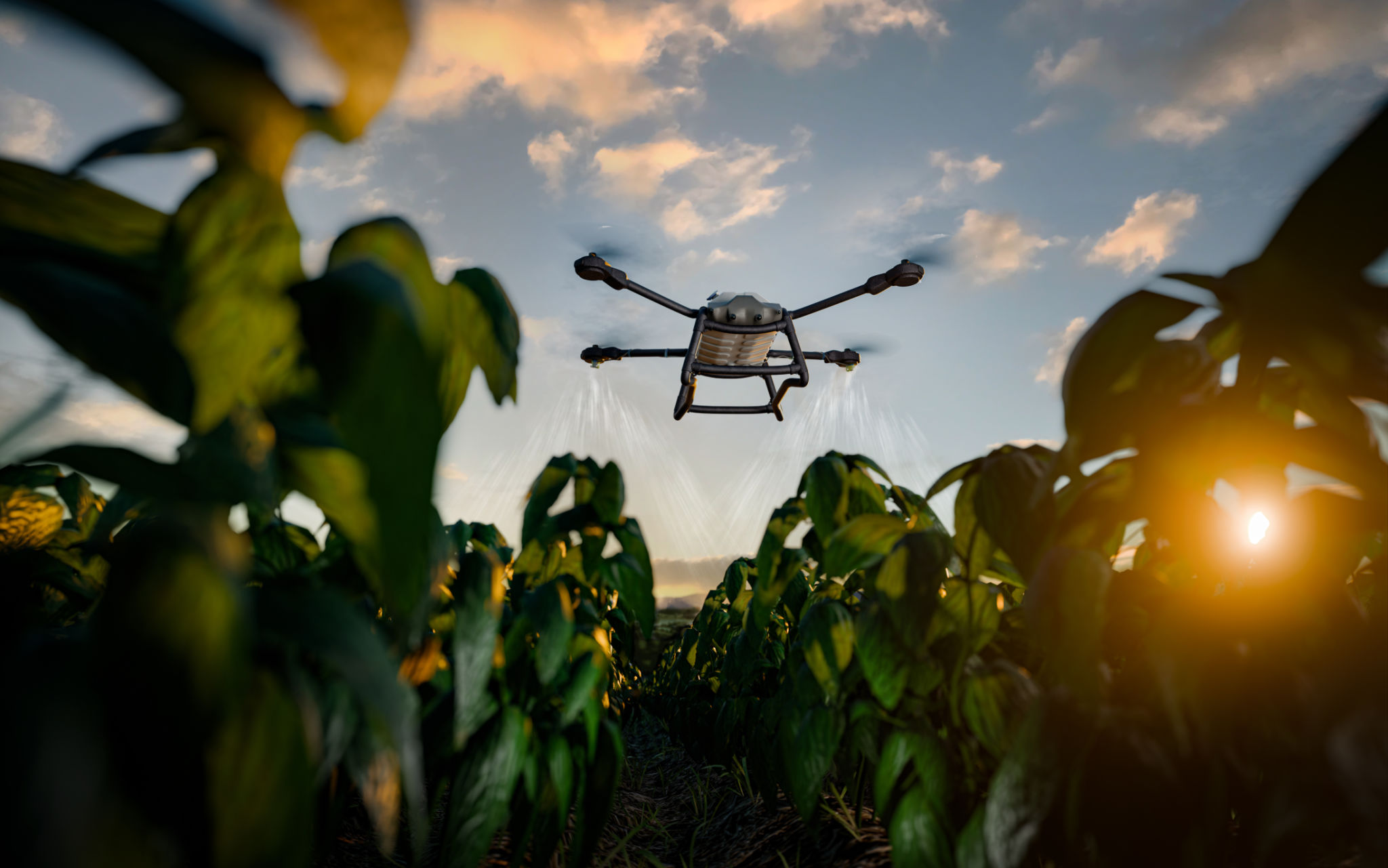Exploring the Future of Drones: Trends and Predictions for the UAV Industry
Introduction to the UAV Industry
The Unmanned Aerial Vehicle (UAV) industry, commonly known as the drone industry, is experiencing unprecedented growth. Once primarily used for military applications, drones are now a staple in various sectors including agriculture, logistics, photography, and even healthcare. This expansion is fueled by rapid technological advancements and a growing interest in automation.
As we look to the future, the potential applications for drones continue to multiply. The industry is on the cusp of significant transformations that could redefine how we perceive and utilize these flying machines. Let's explore some key trends and predictions shaping the future of drones.

Technological Advancements
One of the most exciting trends in the drone industry is the continuous improvement in technology. Advances in AI and machine learning are allowing drones to become smarter and more autonomous. This means that in the near future, drones could operate with minimal human intervention, performing complex tasks with high precision.
Another significant development is in battery technology. As batteries become more efficient, drones can fly longer distances and carry heavier payloads. This advancement is crucial for sectors like delivery services, where range and load capacity are critical factors.

Regulatory Environment
The regulatory landscape for drones is also evolving. Governments worldwide are working to establish frameworks that ensure safety while encouraging innovation. As these regulations become more defined, we can expect increased integration of drones into everyday life.
For businesses looking to leverage drone technology, staying informed about these regulatory changes is essential. Adapting to new rules will not only ensure compliance but also provide opportunities for competitive advantage.

Emerging Applications
Drones are finding new applications beyond traditional industries. In agriculture, for instance, they are used for crop monitoring and spraying, significantly enhancing productivity. In logistics, companies are experimenting with drone deliveries to expedite shipping processes and reduce costs.
Moreover, drones are making strides in the healthcare industry. In remote areas, they can deliver medical supplies quickly, overcoming geographical barriers. This capability is especially crucial during emergencies when time is of the essence.
Environmental Impact
As concerns about climate change grow, the environmental impact of drones is becoming a crucial consideration. Drones offer a greener alternative to traditional methods of transportation and monitoring. By reducing reliance on fossil fuel-powered vehicles, they contribute to lower carbon emissions.
Their ability to access hard-to-reach areas also facilitates environmental monitoring and conservation efforts. From tracking wildlife to assessing environmental damage, drones are proving to be invaluable tools in the fight against environmental degradation.

Challenges and Opportunities
While the future of drones looks promising, there are challenges to overcome. Issues such as privacy concerns, airspace congestion, and cybersecurity threats pose significant hurdles. However, these challenges also present opportunities for innovation and growth.
Industry players who address these issues proactively will likely lead the market. Developing robust security protocols and advocating for responsible drone usage will be critical in gaining public trust and ensuring sustainable growth.
Conclusion
The UAV industry is poised for exciting changes that promise to redefine its role in society. As technology advances and regulations adapt, drones will become an integral part of our daily lives, offering solutions that were once deemed impossible.
For businesses and individuals alike, staying abreast of these trends will be crucial in harnessing the full potential of drones. Whether it's through enhanced efficiencies, new service offerings, or innovative applications, the future of drones is bright and full of possibilities.
